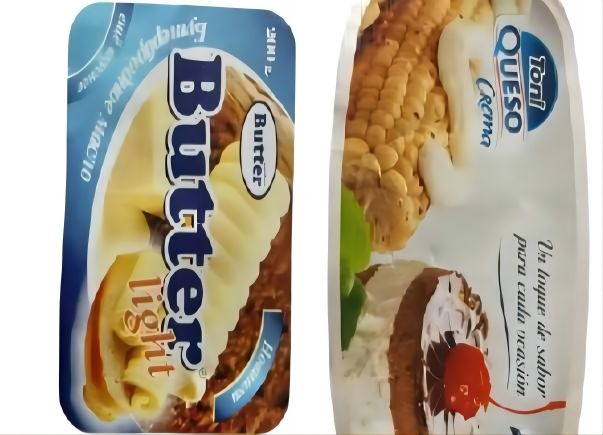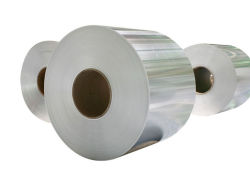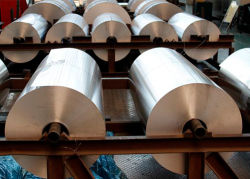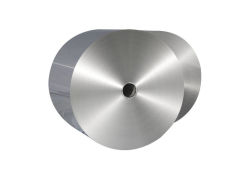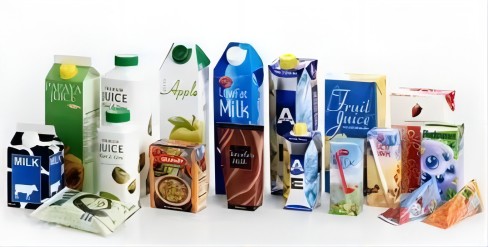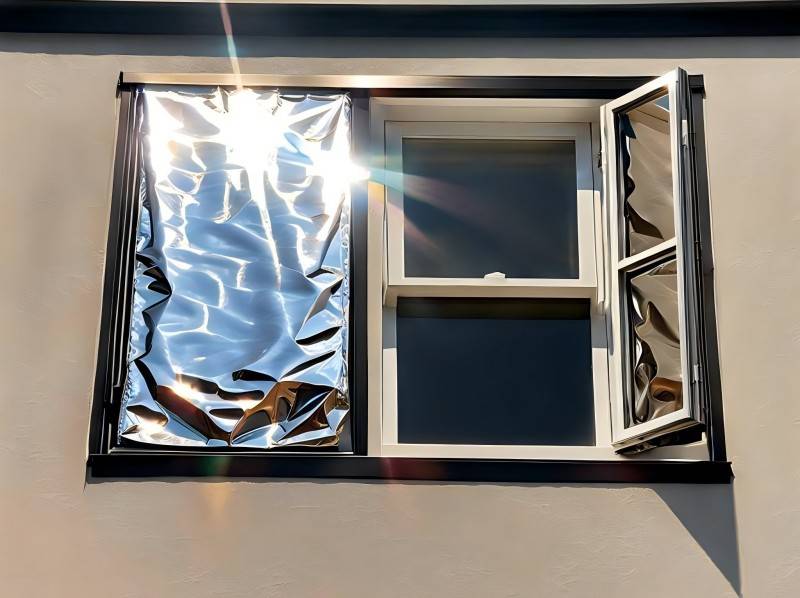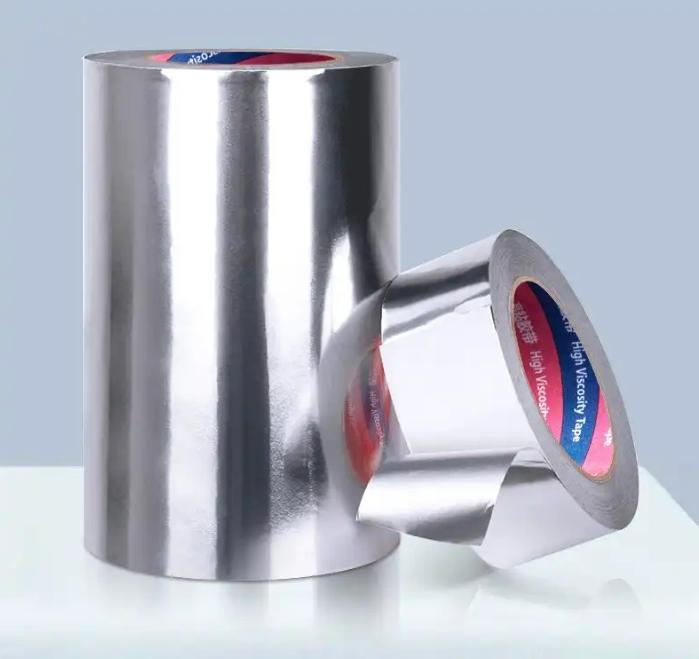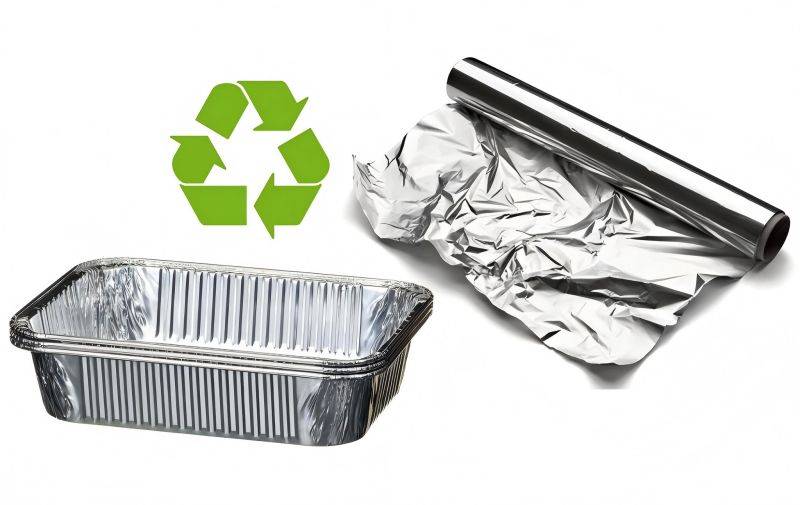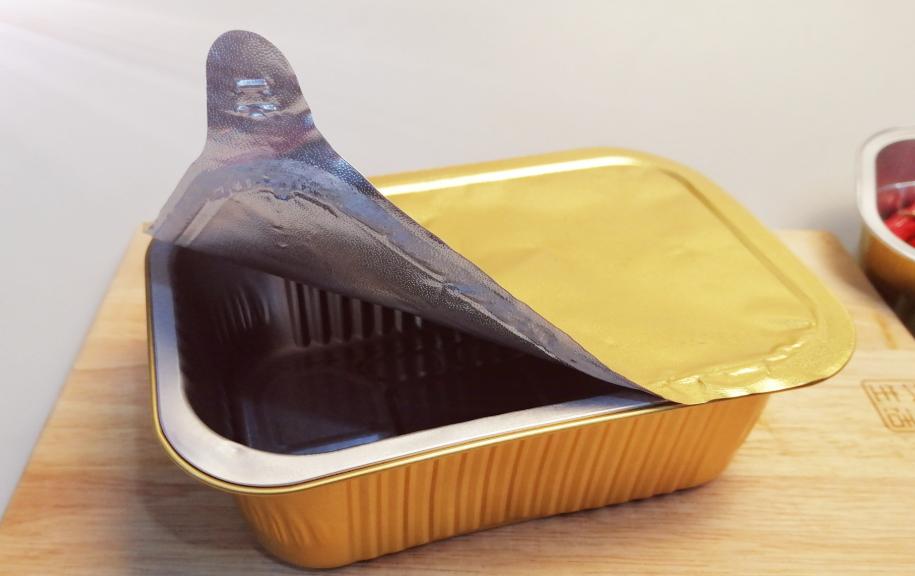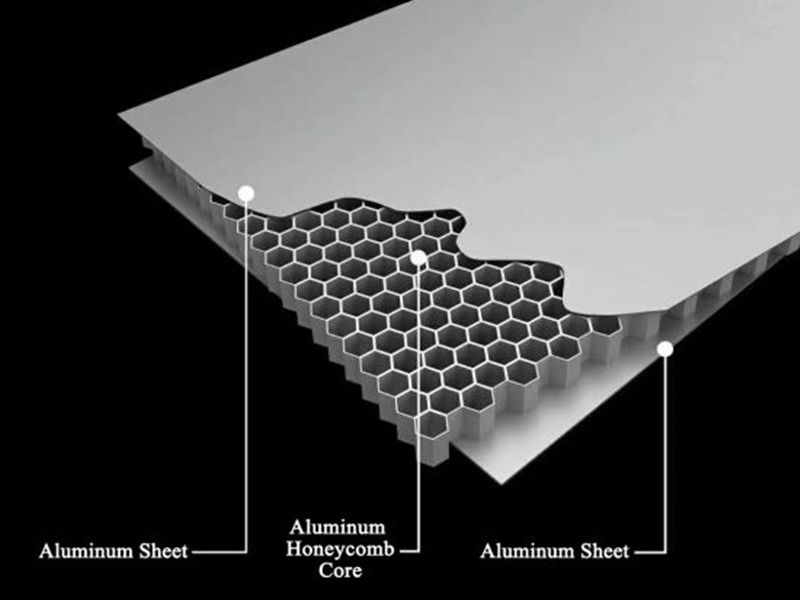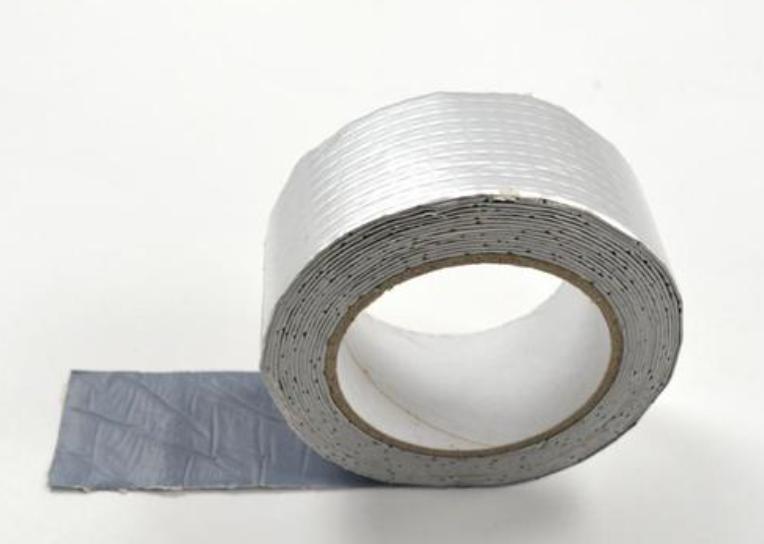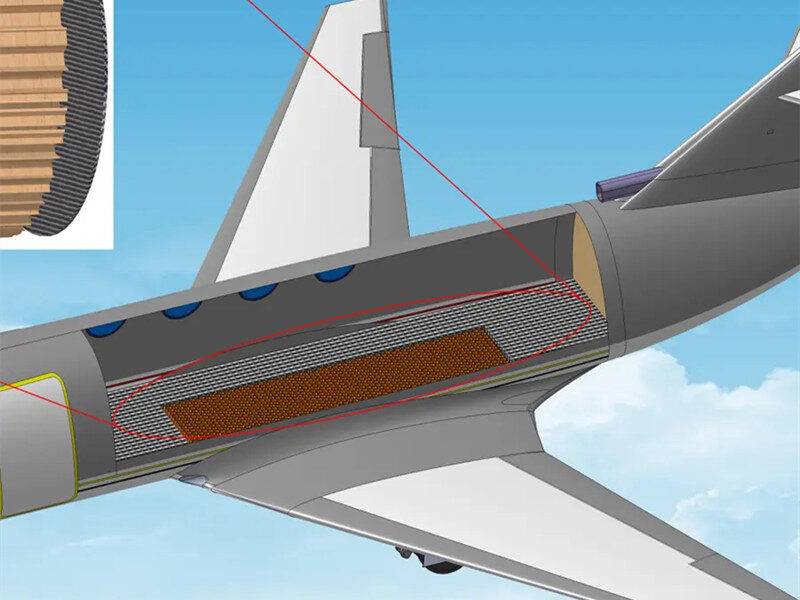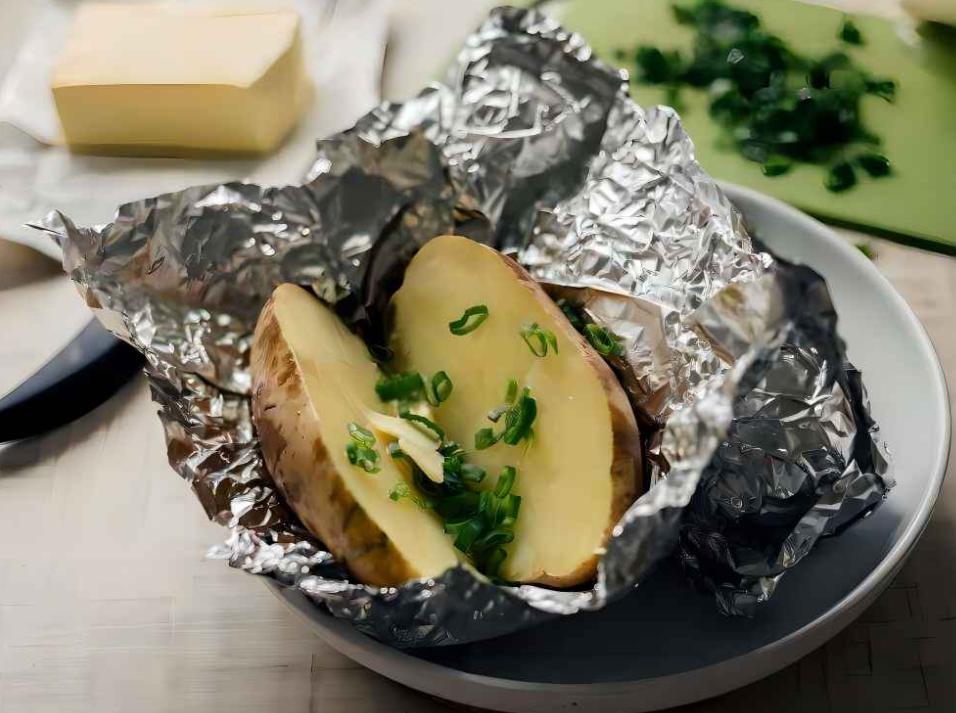Pharmaceutical aluminum foil is a specialized material designed for packaging medical and pharmaceutical products. Its primary function is to act as a barrier, preventing moisture, oxygen, and other gases from entering the package. Additionally, it shields the contents from microorganisms and light. Often combined with plastics or paper, this foil forms various packaging types like blister packs, cold-formed containers, and heat-sealed packages.
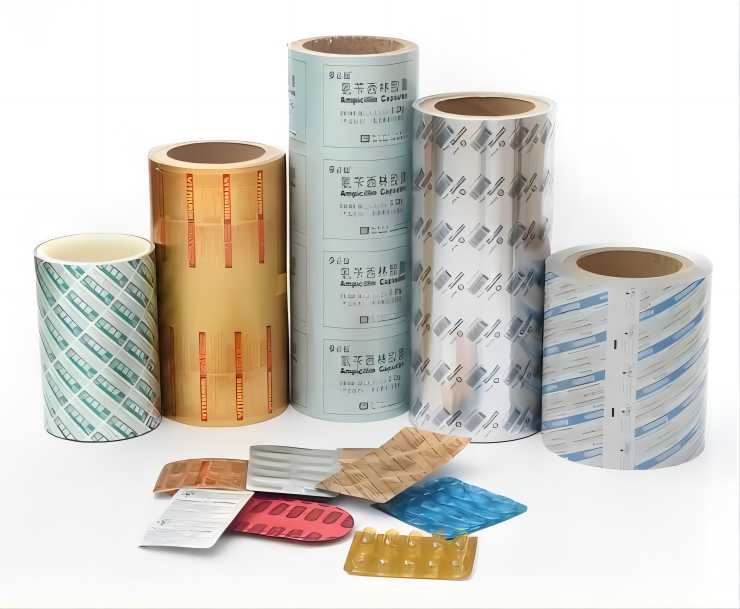
Applications of Pharmaceutical Aluminum Foil
pharmaceutical aluminum foil make it highly suitable for a wide range of applications within the pharmaceutical sector.
- Blister Packaging (PTP): This is one of the most common uses of pharmaceutical aluminum foil. It involves heat-sealing the foil to a plastic backing to create individual compartments for holding tablets or capsules. This method offers convenience, hygiene, and protection for each dosage.
- Cold-formed Aluminum Foil Packaging: Known for its superior sealing capabilities and resistance to moisture and light, cold-formed aluminum foil packaging is often used for high-end pharmaceutical products. It provides an extra layer of protection, safeguarding the product’s quality and potency.
- Tropical Blister Packaging: Designed for regions with high humidity and temperature, tropical blister packaging utilizes pharmaceutical aluminum foil to create an additional barrier against moisture. This is crucial for products sensitive to humidity, ensuring their stability in challenging environments.
- Aluminum Foil for Medicine Bottle Caps: Pharmaceutical aluminum foil is used to manufacture caps for medicine bottles containing oral liquids, antibiotics, and intravenous solutions. These caps provide a secure seal and protect the contents from external contaminants.
- Medical Device Packaging: Pharmaceutical aluminum foil plays a vital role in protecting medical devices such as needle covers and syringe vials. It maintains the sterility and integrity of these devices, ensuring patient safety.
- Pharmaceutical Anti-Counterfeiting Labels: Through specialized surface treatments and printing techniques, pharmaceutical aluminum foil can be transformed into anti-counterfeiting labels. These labels help verify the authenticity and security of pharmaceutical products.
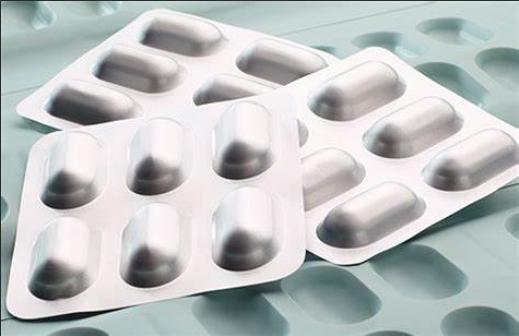
Production Process of Pharmaceutical Aluminum Foil
The production of pharmaceutical aluminum foil involves several critical steps to guarantee high purity, effective barrier properties, and suitable surface quality.
- Raw Material Selection and Pre-treatment: High-purity aluminum alloys with low iron content are chosen as the base material. The raw material undergoes surface treatments like polishing, deoxidation, acid washing, and alkali washing to remove impurities and oxides, resulting in a smooth and clean surface.
- Rolling: This core process gradually reduces the foil’s thickness through multiple passes, improving surface roughness for better printability and barrier performance. Different rollers and rolling oils are used to control foil quality.
- Annealing: To eliminate internal stress, enhance mechanical properties, and optimize crystal structure, the rolled foil undergoes annealing, involving heating and cooling cycles.
- Surface Treatment: Additional coatings, such as protective and adhesive layers, may be applied to improve printability and barrier performance.
- Slitting and Inspection: The final foil undergoes slitting to the desired width and rigorous inspection for appearance, dimensions, barrier properties, and physical characteristics.
- Packaging: The inspected foil is packaged for storage and transportation.
Precise control throughout the production process is essential to ensure the foil’s quality, especially in preventing contaminant migration and maintaining drug stability. Adherence to strict quality control procedures is mandatory to meet pharmaceutical packaging regulations.
Moisture and Light Barrier Properties of Pharmaceutical Aluminum Foil
Pharmaceutical aluminum foil offers superior moisture and light barrier properties due to its physical and chemical characteristics.
- High Density and Impermeability: As a metal, aluminum foil possesses exceptional density and a tightly packed structure, effectively blocking water vapor and other gases.
- Light Blocking: Aluminum foil absorbs or reflects light, preventing its penetration and protecting drugs from light-induced degradation, thus preserving their stability and efficacy.
Furthermore, when combined with plastic or paper to form multilayer structures, pharmaceutical aluminum foil gains additional barrier layers, such as oxygen and water vapor barriers, enhancing overall protection. This multilayer design makes it an ideal packaging material for drugs sensitive to humidity and light.
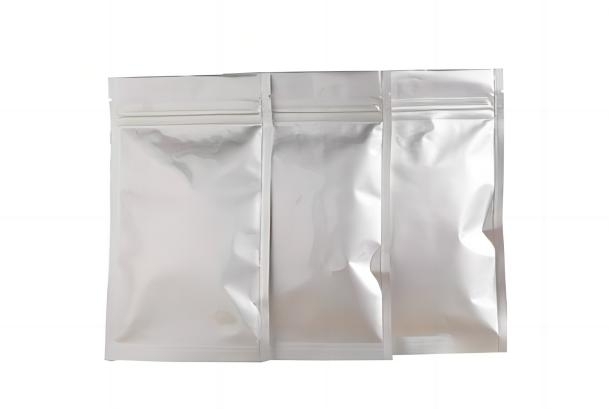
Distinguishing Pharmaceutical Aluminum Foil from Ordinary Aluminum Foil
Pharmaceutical and ordinary aluminum foils differ in purity, production standards, physical and chemical properties, and applications. Pharmaceutical aluminum foil demands higher purity and stricter production control to prevent drug contamination or chemical reactions. It also requires specific barriers and mechanical properties to meet the unique demands of drug packaging.
| Feature | Pharmaceutical Aluminum Foil | Ordinary Aluminum Foil |
| Material Purity | Extremely high, free from impurities | Relatively lower purity |
| Production Standards | Complies with drug packaging material standards | Meets industrial or commercial standards |
| Barrier Properties | High gas barrier, moisture resistance, and flavor preservation | General, depending on application |
| Mechanical Properties | Strong, puncture-resistant, and tear-resistant | Weaker mechanical properties |
| Surface Quality | Free from oil stains, scratches, creases, and with a flat surface | May have defects |
| Safety | Non-toxic, odorless, suitable for direct food and drug contact | May contain substances harmful to food and drugs |
| Applications | Drug packaging, food packaging | Packaging for non-edible products, decorative materials |
Based on these distinctions, pharmaceutical aluminum foil imposes stricter safety and suitability requirements, especially for direct contact with drugs. Ordinary aluminum foil is suitable for packaging with less demanding material requirements. The choice of aluminum foil should be based on the specific safety and performance needs of the application.
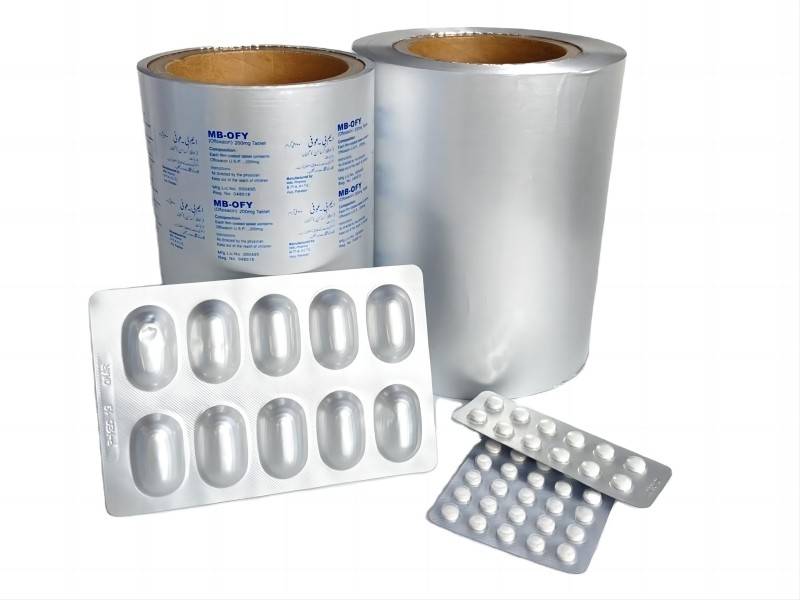
Conclusion
Pharmaceutical aluminum foil is an indispensable component in the packaging of medications and healthcare products. Its exceptional barrier properties, combined with its ability to be integrated into various packaging formats, make it a preferred choice for the pharmaceutical industry. By protecting products from moisture, oxygen, and light, pharmaceutical aluminum foil plays a crucial role in maintaining drug quality, extending shelf life, and ensuring patient safety. As the pharmaceutical landscape evolves, the demand for innovative and effective packaging solutions, including pharmaceutical aluminum foil, is expected to continue growing.
For high-quality pharmaceutical aluminum foil, CHAL is a trusted supplier. They provide aluminum foil that meets stringent industry standards, ensuring superior barrier properties and safety for pharmaceutical packaging. With CHAL, you can be assured of reliable and effective packaging solutions for your medical and pharmaceutical products. Welcome to contact us at any time.

